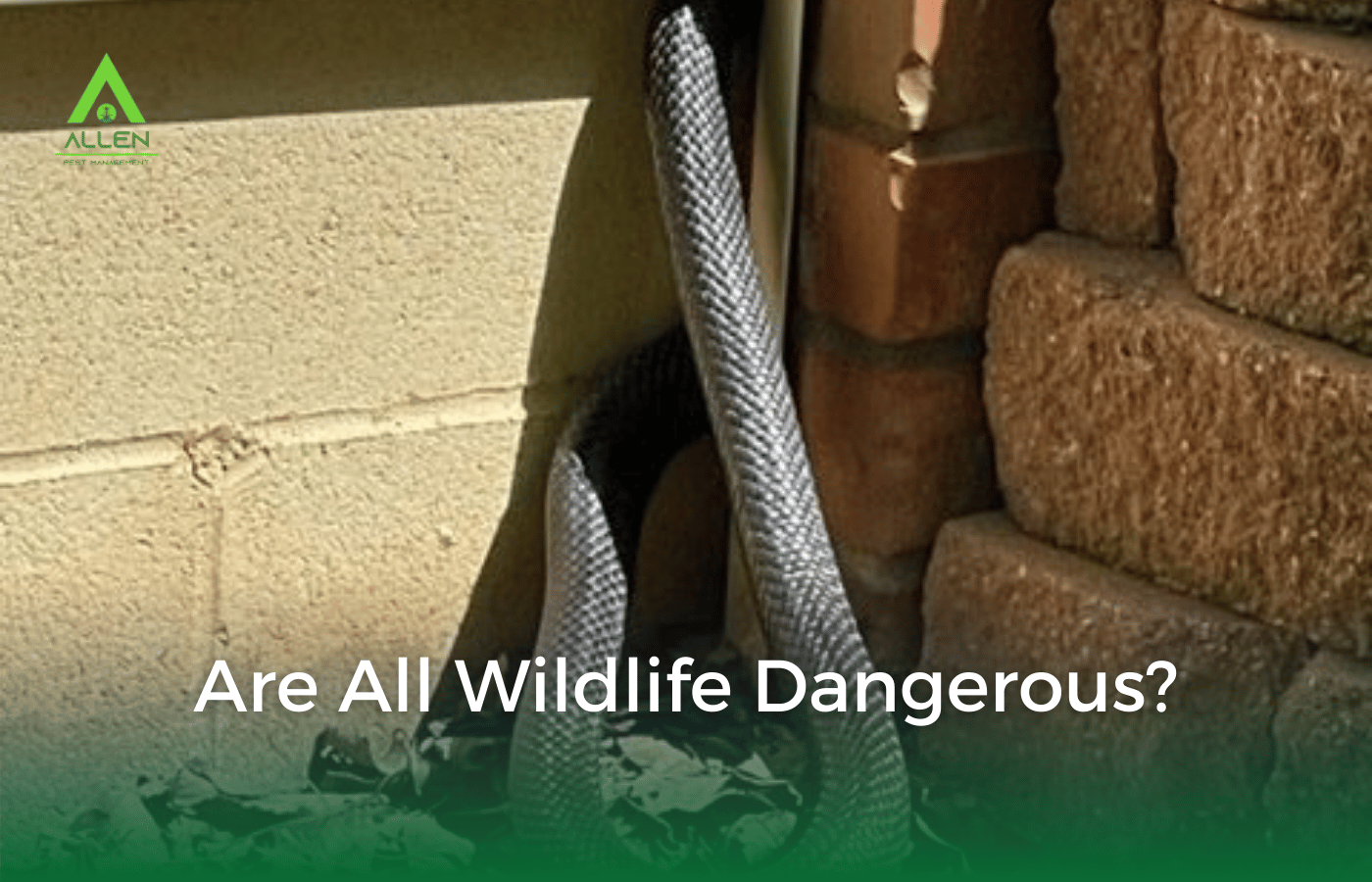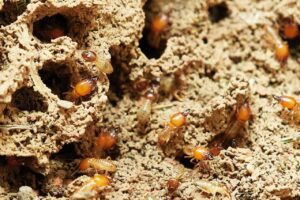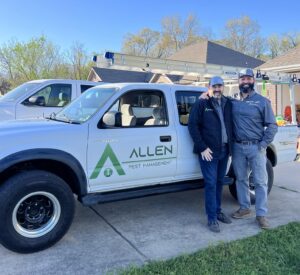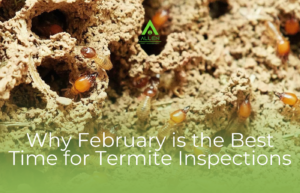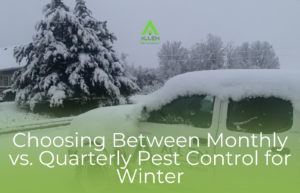There is wildlife on our globe. Every creature, no matter how large or small, has a certain function in the ecosystem. Some creatures, though, might pose a threat to people. Therefore, it’s vital to understand which ones to avoid as well as the several safety precautions that can be implemented. Controlling wildlife lowers these hazards by protecting people and animals alike.

Types of Dangerous Wildlife
Not all wildlife is dangerous, but there are some types of animals that can be risky. Large predators—bears, wolves, and big cats—are very dangerous if they encounter them in the wild. Other dangerous animals include venomous snakes, spiders, and insects, which can harm people. Even some herbivores, like moose and deer, turn deadly when threatened.
Why Some Wildlife is Dangerous
Much of the danger from wildlife is really just a result of animal instincts. Predators hunt for food and defend their territory and their young. Venomous animals bite to subdue prey or defend themselves. Even normally docile animals may become very aggressive when scared or defending their young. Much of the risk from these animals can be avoided once their behavior is understood.
The Role of Wildlife Control
What is Wildlife Control?
It involves risk mitigation and management of dangers posed by animals dwelling around human habitats. This would include animal removal, securing food, or even public education on safety measures. Wildlife control makes sure that such a balance between human life and wildlife is maintained so that they coexist together.
Methods of Wildlife Control
There are many methods in wildlife control. Habitat modification is one whereby modifications in the environment make the habitat unattractive to specific animals. Another method is exclusion-barrier control, which is targeted at keeping the animal away from particular places. Other techniques include wildlife trapping the animal and then relocating it, but this must be done in a very humane and responsible manner.
Staying Safe Around Wildlife
Know Your Surroundings
Be aware of your surroundings when outdoors. Know the native animals and risks associated with each. Take precautions by making noise to avoid surprising animals and be ready to back away slowly if you encounter wildlife.
Practical Safety Tips
Store food and garbage properly to avoid animal attractants, show respect to the locals while hiking or camping, bear spray or whistle can help in deterring aggressive animals. Education of oneself and others on wild animal safety is a preventive measure toward dangerous encounters.
Coexisting Safely: Navigating the World of Wildlife Control
While not all wildlife is dangerous, some individual animals can be. Be aware of the dangers that some animals can present. Stay safe, both humans and animals, by knowing animal behavior and practices of wildlife control. Simple precautions combined with respect toward wildlife can facilitate the enjoyment of the natural world without fear. Just keep in mind that it is in wildlife control that we need to ensure we are able to coexist with the very creatures that share our environment.
Those who find themselves in the least expected positions, hosting wild intruders, need not let fear or uncertainty rule their next step. Contact Allen Pest Management and let our highly efficient professionals give you a prompt, humane, and very effective solution. We believe in coexisting peacefully with wildlife, and so we do everything possible without causing them harm or danger to human beings. Give us a call now to bring you back to your peaceful living space.

